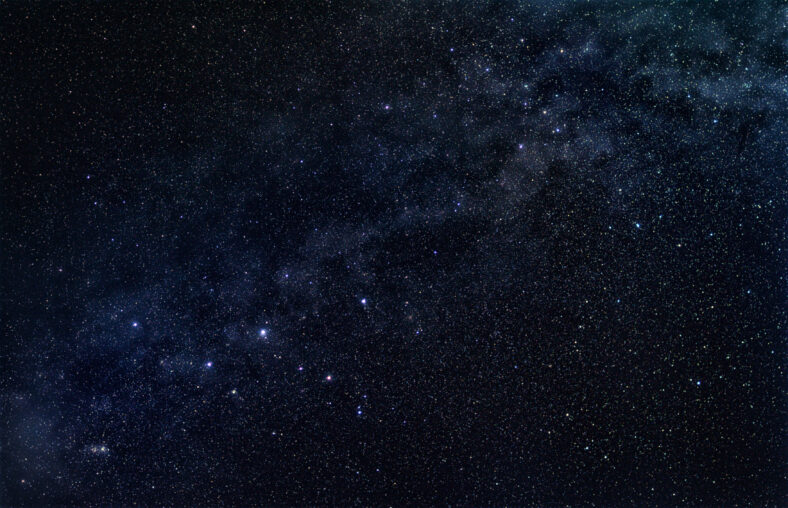The Oldest Star Chart Has Been Discovered In China, And It Was Used To Make An Ancient Record Of Constellations

Thousands of years ago, Chinese astronomers used an ancient record of constellations and their coordinates to study the sky.
The document they used is known as the “Star Manual of Master Shi,” and it’s the oldest surviving star catalog in China.
The map is now believed to date back to the 4th century B.C.E., which is around 250 years earlier than previously thought. If this date is accurate, the document would be considered the world’s oldest star chart.
Researchers at the National Astronomical Observatories in Beijing utilized artificial intelligence to examine the manual.
It was created in 355 B.C.E., and some changes were added to it in 125 C.E., more than 200 years before the ancient Greek astronomer Hipparchus made his star catalog.
The manual is associated with Shi Shen, a famous court astronomer during the Warring States period in China. The new date is around the time that historians think Shi may have lived.
“Our findings align perfectly with these historical accounts, vividly demonstrating the continuity and completeness of ancient Chinese historical records,” said Boliang He, a researcher at the National Astronomical Observatories in Beijing.
“These discoveries left us deeply surprised.”
The Earth’s axis of rotation has slowly shifted over thousands of years and altered the locations of the celestial poles, the points in the sky that help scientists map stars. This shift is called precession, and it is the foundation of the research team’s work.

Sign up for Chip Chick’s newsletter and get stories like this delivered to your inbox.
Taking precession into account in an old star map allows researchers to date the creation of the catalog with more accuracy.
He and Yongheng Zhao, a fellow researcher, used a type of A.I. called computer vision to estimate the celestial north pole’s position at the time the star manual was made. That information aided them with dating the map.
However, a science historian named Boshun Yang from the University of Science and Technology of China thinks that many of Shi’s coordinates may be misaligned by roughly one degree from the celestial north pole. When considering the potential misalignment, the star map dates back to around 103 B.C.E.
This reasoning also helps explain why the manual uses a spherical coordinating system, which Chinese astronomers adopted in the 1st century B.C. after they invented a device known as the armillary sphere. The device is made up of interlocking rings that represent the paths of constellations and latitude and longitude lines.
According to the new study, the map was updated in 125 C.E. to include measurements that seem to have been taken hundreds of years apart, although the misalignment theory removes those discrepancies.
“It just so happens that if you take this really anodyne consideration into account—that maybe they built an instrument and it was not perfect—then the astronomers’ data analysis perfectly aligns with the human story,” said Daniel Morgan, a science historian at France’s Center for Research on East Asian Civilizations.
Currently, the preprint is under review in the journal Research in Astronomy and Astrophysics.
More About:News